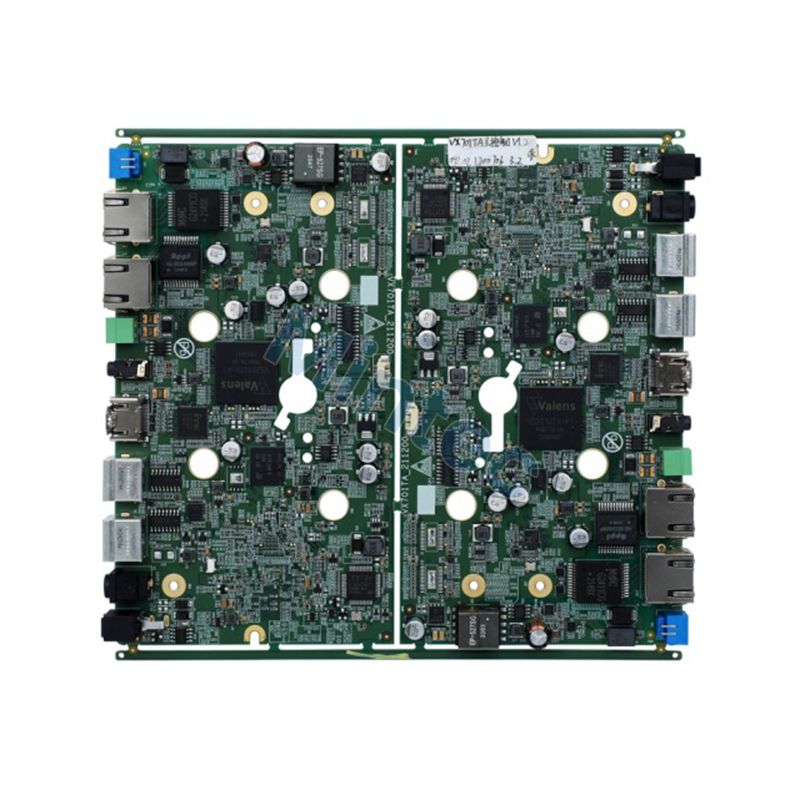PCBA (Printed Circuit Board Assembly) manufacturing is a crucial process in the electronics industry, involving the assembly of components onto a PCB. As a complex field, it's natural for people to have questions about it. In this article, we'll address the top 10 frequently asked questions related to PCBA manufacturing to provide you with comprehensive insights.

What is PCBA Manufacturing?
PCBA manufacturing refers to the process of assembling electronic components onto a printed circuit board (PCB). This includes soldering components like resistors, capacitors, and integrated circuits to create functional electronic devices.
What Are the Key Stages in PCBA Manufacturing?
PCBA manufacturing involves several key stages, including PCB fabrication, component procurement, solder paste application, component placement, soldering, inspection, and testing. Each stage plays a crucial role in ensuring a high-quality end product.
What Are the Different Types of PCBAs?
There are various types of PCBAs, including through-hole PCBAs and surface mount PCBAs. Through-hole PCBAs have components with wire leads inserted through holes in the PCB, while surface mount PCBAs have components mounted on the surface of the PCB.
How Do I Choose the Right PCBA Manufacturer?
Selecting the right PCBA manufacturer is essential for the success of your project. Factors to consider include experience, capabilities, certifications, quality control processes, and cost-effectiveness. Conduct thorough research and ask for references.
What Are the Common Challenges in PCBA?
PCBA manufacturing can pose challenges such as component shortages, design issues, and quality control problems. Addressing these challenges requires effective communication with your manufacturer and proper project planning.
How Can I Ensure the Quality of PCBA Assemblies?
Quality assurance in PCBA manufacturing is critical. To ensure high-quality assemblies, work closely with your manufacturer, conduct thorough testing, and implement quality control processes. Regular communication and inspections are key.
What Is the Role of Design for Manufacturability (DFM)?
Design for Manufacturability (DFM) is the practice of designing PCBs to be easily and cost-effectively manufacturable. It involves optimizing the design for assembly, reducing manufacturing errors, and improving overall efficiency.
What Is the Lead Time for PCBA Manufacturing?
The lead time for PCBA manufacturing can vary depending on factors like project complexity, component availability, and manufacturer capabilities. It's essential to discuss lead times with your manufacturer during project planning.
How Does PCBA Manufacturing Impact Cost?
The cost of PCBA manufacturing is influenced by factors such as component costs, labor, PCB complexity, and production volume. To manage costs effectively, work closely with your manufacturer and consider design and material choices.
What Are the Environmental Considerations in PCBA?
Environmental sustainability is a growing concern in PCBA manufacturing. Consider using lead-free solder, eco-friendly materials, and recycling practices to minimize the environmental impact of your PCBA production.
In conclusion, PCBA manufacturing is a multifaceted process with many intricacies. By understanding the basics and addressing common questions, you can navigate the world of PCBA manufacturing with confidence. Whether you're a seasoned professional or a newcomer to the industry, the right knowledge and collaboration with a reliable manufacturer are key to successful PCBA projects. Keep these FAQs in mind to ensure a smooth and efficient PCBA manufacturing experience. If you have further questions or need specific guidance, don't hesitate to reach out to experts in the field. Your success in PCBA manufacturing is within reach with the right information and partners.





Comments
All Comments ( 0 )